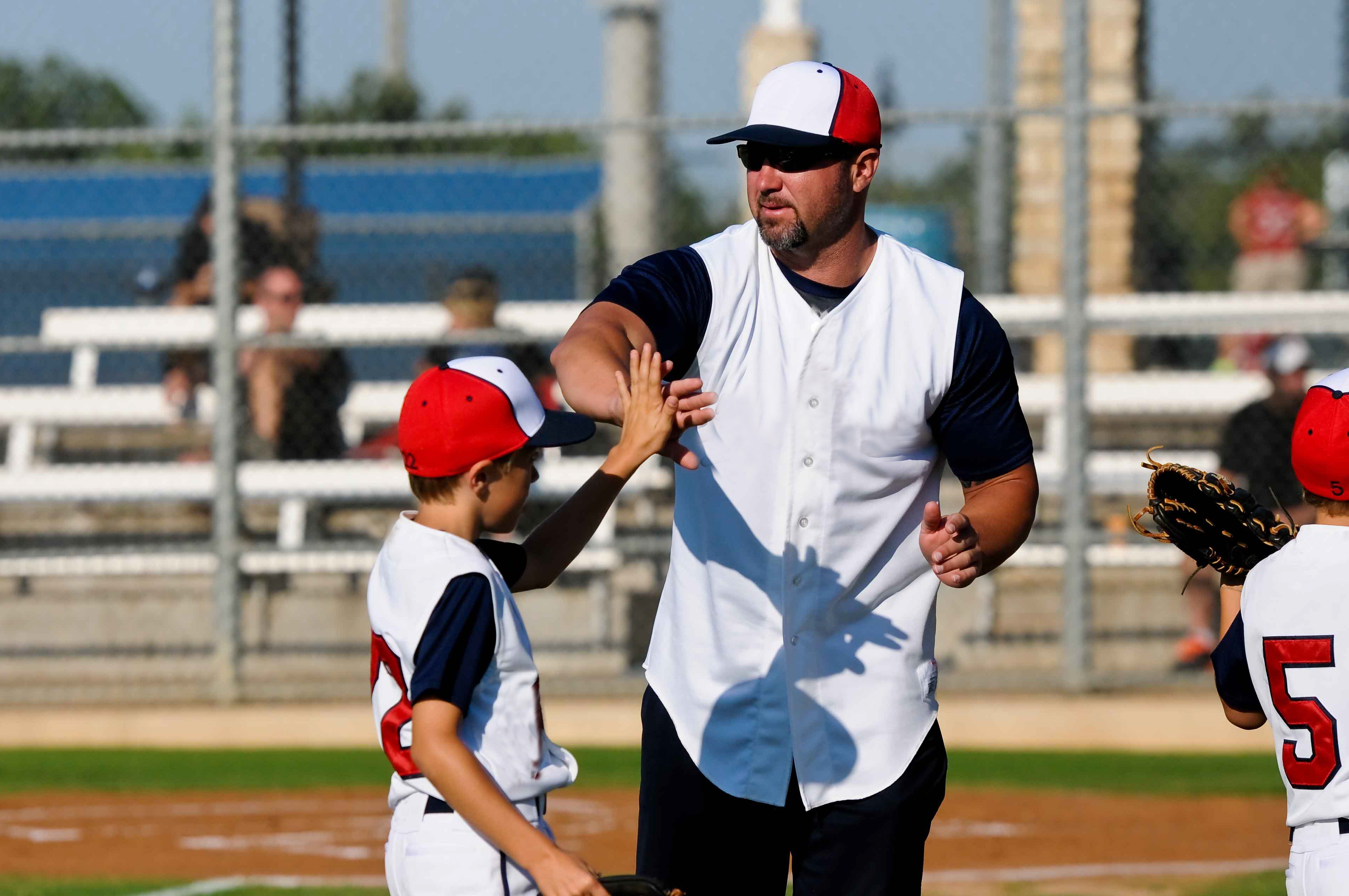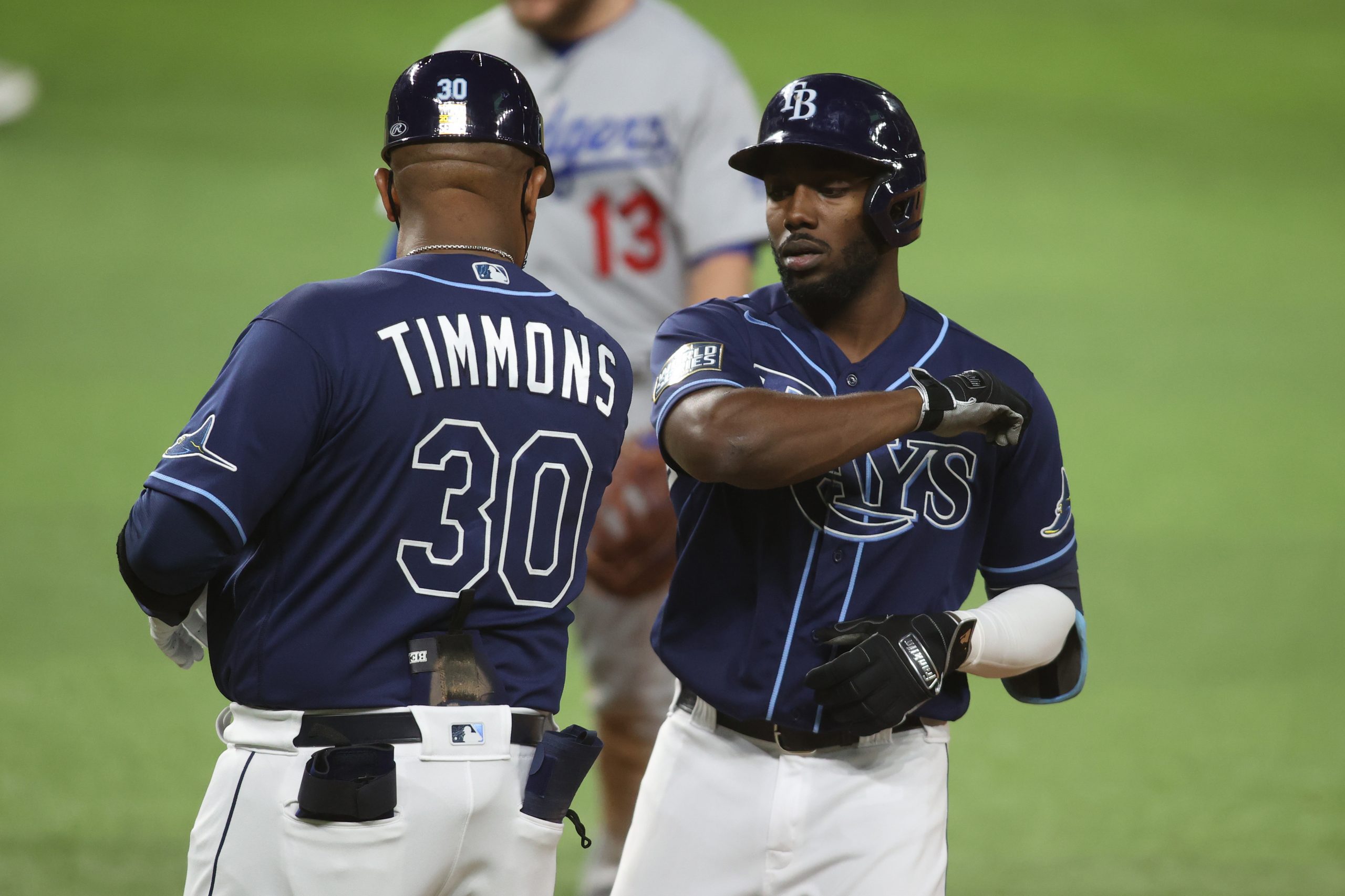Modern beauty standards require an athletic, fit body. Unsurprisingly, many people have become regulars in gyms filled with bodybuilding and cardio equipment. Therefore, a coach’s profession, leading the process of physical training in such premises, remains relevant. Sports trainers, fitness trainers, and even choreographers are usually former athletes.
To apply for such a vacancy, a candidate should consider all the rules for preparing a resume. It is necessary to indicate specific information and follow the logical structure of building the document.
In this article, you will learn what a resume and a cover letter are and why it is so crucial for athletes. You’ll also get practical tips on how to put sports on a resume and advice on creating job application documents without spending a lot of time.

Professional athlete resume and cover letter
Everyone has a moment when they start thinking about looking for a job. We all have particular knowledge, background, and skills, but you need to correctly present them to the recruiter to get a job offer. This requires amazing job application documents.
To create a sports resume and cover letter, you need to understand the very essence of the documents. Once you know the structure of the documentation, you can proceed with writing it.
Resume for an athletic person
First, let’s figure out what a resume is. We’ll start with the definition.
A resume is a document that displays information about skills, work experience, education, and other employment-related information that is usually required when considering a person for a job.
Typically, a basic resume consists of the following blocks:
- Name and contact details
- Work experience
- Education
- Additional education
- Additional skills
- Personal qualities
Depending on the type of resume, the order of these fields may change, or new ones may be added.
Chronological resume
The classic format is familiar to most job seekers and recruiters. It lists the candidates’ places of work in chronological order, indicating organizations, positions, and responsibilities. In addition to work history, this document’s mandatory sections are education, professional skills, and personal/contact information.
Functional resume
This format involves shifting the focus from the applicant’s experience to their professional qualities, skills, achievements, and potential. It is optimal to use when a person is at the starting point of their career or is interested in changing the field of activity or format of their work, for example, private practice or freelancing – to hired labor. At the same time, the existing professional skills allow you to cope with new responsibilities, but there is no formally required position among the previous works.
Combination resume
This type of document builds on the two previous ones and contains the characteristic features of both. Its structure includes sections: purpose and request of the applicant; generalized professional skills and achievements; listing of places of work in reverse chronological order with a detailed description of not only the dates and names of companies but also the functionality and completed projects. Besides, the candidate’s education and contact information must be provided. This resume format gives a lot of freedom for improvisation: the sections are placed in any order, depending on what you want to emphasize. A combined resume is a complete version of the document, giving both the work history and achievements and the applicant’s qualifications in general.

Also, based on your date, some fields may be missing. For example, if you are applying for a fitness trainer position, then your athlete resume should include the following items:
- work experience in the field of fitness;
- professional qualifications;
- experience in drawing up a group or individual programs, taking into account the needs and desires of clients;
- physical fitness of the candidate (the coach should be able to perform the exercises the teach);
- accomplishments in the field of sports.
Resume writing can sometimes be tricky. So if you want to write a sports resume but are lost about what skills to specify for your specialization, you can use an online builder such as Get Cover Letter to get a professional resume and cover letter. Specialized services will help you quickly create an excellent resume that will already be formatted and provide different template options to make you stand out from the competition. Different designs, color variations, font combinations – the resume builder offers all these simple yet effective options.
Cover letter
A cover letter is a supplementary document that you should send with a resume. Such a letter can be your competitive advantage over other applicants for the same position. It increases the likelihood of drawing a recruiter’s attention to your resume and getting an interview invitation and job offer. Basically, a cover letter is the best way to show the recruiter your strong motivation to work for them and prove that you are the best candidate.
A cover letter has five to six paragraphs on average, each with its own assigned role. When making a document, pay special attention to each block.
Cover letter structure:
- Your contact details: Name, phone number, email.
- Greeting. Start with “Dear …” and use the recipient’s name. If you don’t know the name of the HR manager, then write down their title. Thus, you show respect for the person and prevent the letter from looking like a generic mass mailing.
- Introductory paragraph. In the first sentences, tell about who you are and why you are interested in this vacancy or company.
- Main body. Here you give more details about your skills and experience that help you in your work. For example, suppose you are applying for a fitness trainer. In that case, you can indicate the great experience of conducting individual and group classes and the skills to develop and successfully implement a personalized training program, like when you helped your client lose 25 kg in three months. In the same paragraph, you can indicate that you are engaged in martial arts in addition to your work activities. Psychologists have noticed that individual sports characterize a person from the positive side. Employers respect those who have mastered combat sports (sambo, judo, karate) because such people are balanced in life and know how to mitigate stress. And if a person has a black belt, then this indicates their dedication and high performance. And those who practice exotic sports (for example, capoeira) are usually experimenters and creative individuals. Such nuances will help the sportsman to interest the recruiter and distinguish them from other applicants for the same position.
- Final paragraph. Here you should make an offer to call or invite you for an interview to clarify the details.
- Closing. Thank the HR manager for their time spent reading your documentation and say goodbye.
The cover letter should be written in a friendly but business-like manner. The length should be no more than one page (about 300 words).
Final worlds
Athletes need a perfect resume and cover letter, just like other job seekers, to give the recruiter detailed information about them and their accomplishments in an informative and concise format. Based on this, you can easily start your career.
Add The Sports Daily to your Google News Feed!
